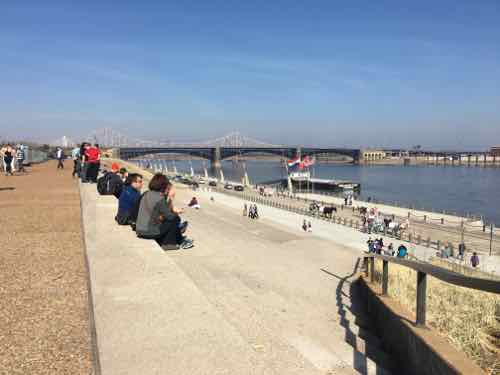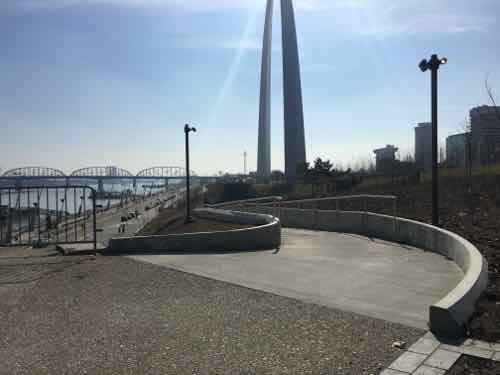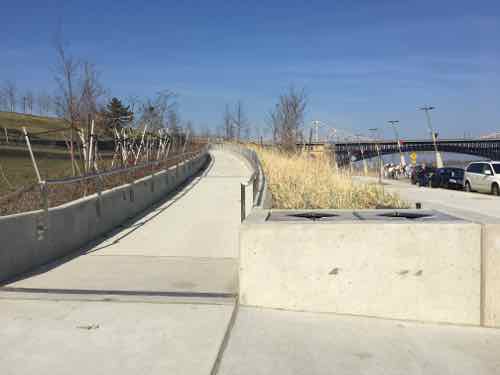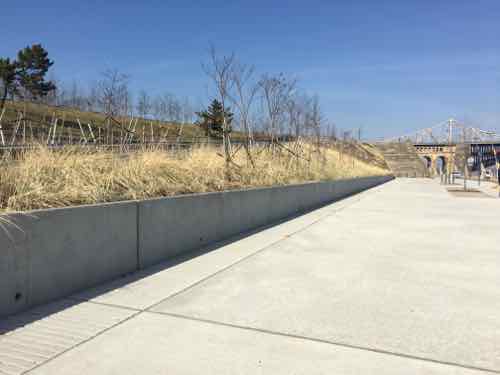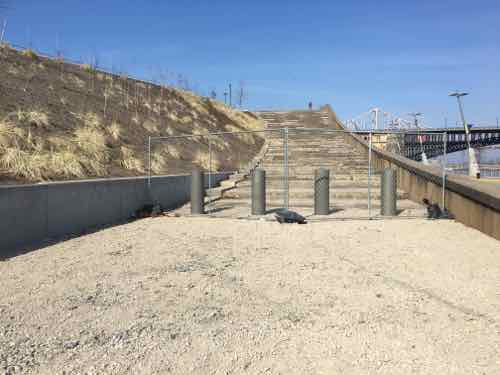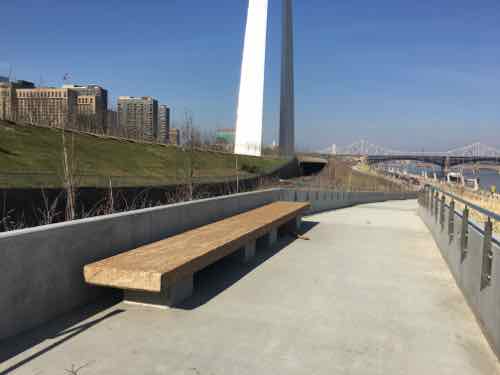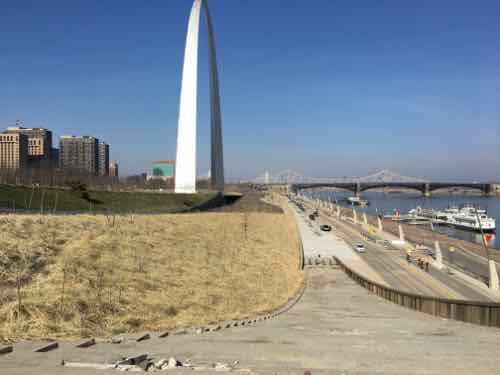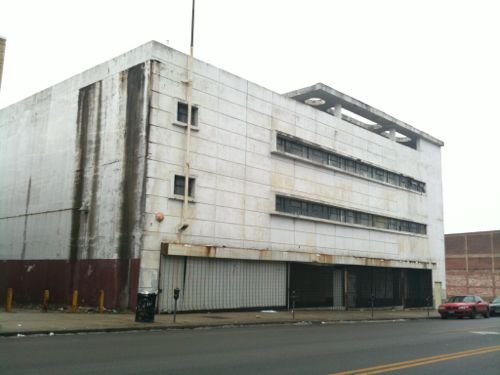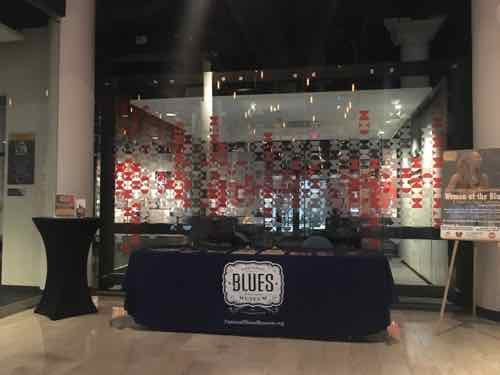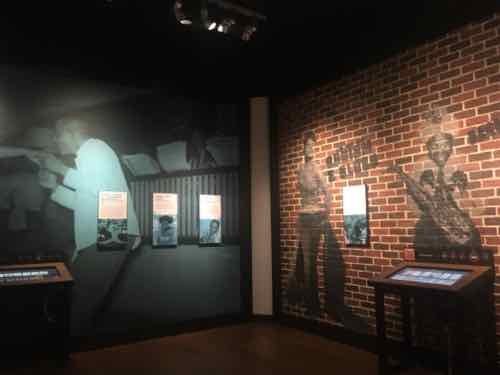We order stuff online frequently because it’s convenient to do so, not because we want to save on taxes. Often we’ll order from target.com so we pay the same tax rate we do when we shop at Hampton Village location once per month. Amazon is the bulk of our online shopping so now we’ll pay 4.225% for Missouri sales tax. Fine.

There are lots of online retailers out there, from 2013:
Using figures from a variety of sources, including Internet Retailer’s Top 500 Guide for 2013 and data from the U.S. Census Bureau, ReferralCandy determined that there are 102,728 e-commerce retailers in the United States that are generating at least $12,000 per year in revenue. That’s a 13.5 percent increase over last year’s findings, which revealed 90,501 online retailers generating the same amount.
Other findings from the study include:
- 61,728 online retailers generate at least $25k in revenue (up 12.8 percent from the year before)
- 38,157 e-commerce merchants generate at least $50k in revenue (up 12.3 percent from the year before)
- 23,587 online merchants generate at least $100k in revenue (up 13.6% from the previous year) (Forbes)
So over 100k retailers should register with every state to be able to collect and report sales taxes? I looked at three retailers located on Cherokee Street to see how they handle sales taxes on their online shops — they ship to every state:
Firecracker Press
- Collects 8.7% Missouri & St. Louis sales tax on orders shipped to Missouri customers.
- Doesn’t collect sales taxes shipped outside Missouri.
Spoked Bikes & Stuff
- Doesn’t appear to collect sales taxes on any online order, though a tax line appears in the cart.
STL-Style
- Doesn’t appear to collect sales taxes on any online order, no sales tax line appeared .
More than half of those who voted in the recent non-scientific Sunday Poll support online retailers collecting state sales taxes:
Q: Agree or disagree: Online retailers, without brick & mortar stores in a state, shouldn’t collect sales taxes in that state.
- Strongly agree 6 [14.63%]
- Agree 5 [12.2%]
- Somewhat agree 1 [2.44%]
- Neither agree or disagree 1 [2.44%]
- Somewhat disagree 3 [7.32%]
- Disagree 9 [21.95%]
- Strongly disagree 15 [36.59%]
- Unsure/No Answer 1 [2.44%]
Oh, I bet many thought I was talking only about Amazon. Where is the line drawn in the sand? Is it based on sales shipped to each state? If so, the three small retailers on Cherokee would need to keep track of sales to each state and then begin collecting state sales taxes only when their sales to that state have crossed the threshold?
We pay taxes to receive services from the government(s). How governments collect revenue varies widely, not all collect sales tax:
In 2013, sales and gross receipt taxes nationwide totaled $254.7 billion — a 3.9% increase from the year before — which means Americans spent an average of $806 on sales taxes last year. That’s less than the $309.6 billion, or $979 per American, spent on state income taxes. However, including selective sales taxes, which are levied on goods like gas and cigarettes, Americans actually pay more in sales taxes than they do in state income taxes.
Sales taxes vary widely from state to state. Some states charge no sales tax, while some localities charges as much as 10% when state and local sales taxes are combined. Tennessee, on average, has the highest sales tax at 9.44%.
There are four states with no sales tax: Delaware, Montana, Oregon, and New Hampshire. A fifth, Alaska, has no state-level sales tax but allows municipalities to impose the retail-level tax. As a result, the average sales tax rate in Alaska is 1.69%.
While 10% of U.S. states impose no sales tax, a much smaller percentage of the population lives in one of these states — only about 2.5%. (Motley Fool)
Let’s not forget the complex sales tax pool in St. Louis County.
I think it may be time to admit sales taxes as a revenue source is outdated by current technology & shopping trends. I’m not suggesting we need lower taxes — but that we need to find a better way to fund local & state government services.
— Steve Patterson
